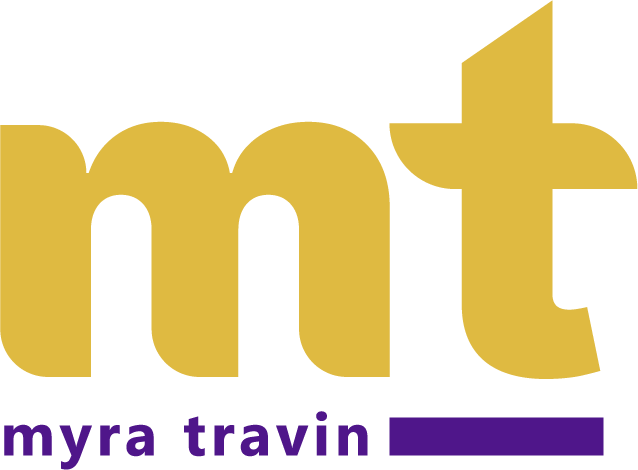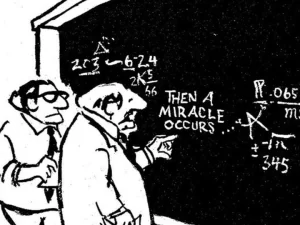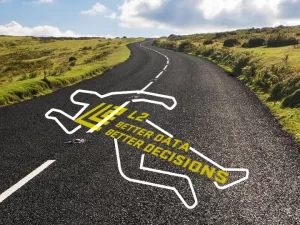What Is Talent?
Or—maybe the better question is—when is talent?
Talent has always been a mystery: to define it, to understand it, to cultivate it. It’s one of those things that you can say is difficult to describe, but you know it when you see it.
Now, with the advent of artificial intelligence and advanced learning technologies, the concept of talent is being reborn for a new generation. The concept of skill generation is probably the area changing the most, with the basics we hold as absolute morphing right under our eyes. What is memory, and how do we learn? Certainly not in the way we used to. We must re-evaluate what talent is and how we recognize it.
One thing is clear: The tectonic plates that lie underneath our understanding of talent, the nature of information in today’s world, our access to that information, and how we then integrate it into our lives, has significantly changed. It follows that if the core concepts are now fundamentally changed, so must the actual nature of learning that information and the process of how learning culminates into a skill or talent.
I think we all remember fondly the moment in “The Matrix” where Trinity is only moments from death when she sees a helicopter that could be her salvation. One problem: She does not know how to fly one. She immediately downloads the program into her brain, teaching her to fly said helicopter. If even a portion of that was possible today, you see that the concept of innate talent changes fundamentally from learning and mastery to retrieval and access.
So how close are we to becoming augmented humans? Closer than you think. Bersin predicted that AI would be ubiquitous by 2020, and the concept of the cognitively augmented human is no longer just science fiction. Intelligent systems are not just on the way, they have arrived.
Talent, in 2020, is the ability to communicate and integrate with technology. Talent is now measured not by learned skill sets, but the capacity a person has to merge with technology and navigate together to a desired outcome.
A new structure of UX and LX is being implemented with an eye toward the emergence of #newinformation, and #newui in the Age of Augmentation is defined by the co-creative relationship between the person, the tool, and purpose they serve. Never has the relationship been so intimate. We will now use technology as a prosthetic extension of ourselves by sharing a persona with the tools we use. The perception we now understand will shift into a shared, expanded experience as we incorporate perceptual AI and augmented robotics into our personal space.
As Elon Musk said, “To some extent, we are already a cyborg.” We use computers and phones and behave as if we’re attached to them, even after death. “If somebody dies, their digital ghost is still around,” he said.
So, if talent is no longer a personal attribute—but rather, a shared concept of the personal and the digital—we must make sure that we are teaching, assessing, and recruiting for agility in navigating this new landscape, not merely for a set of learned facts that will change almost immediately after they are learned.
Talent, in 2020, is the ability to communicate and integrate with technology. Talent is now measured not by learned skill sets, but the capacity a person has to merge with technology and navigate together to a desired outcome.
The world of intelligent systems—and the dawn of #newtalent—has moved us from the Information Age to the Age of Augmentation.





